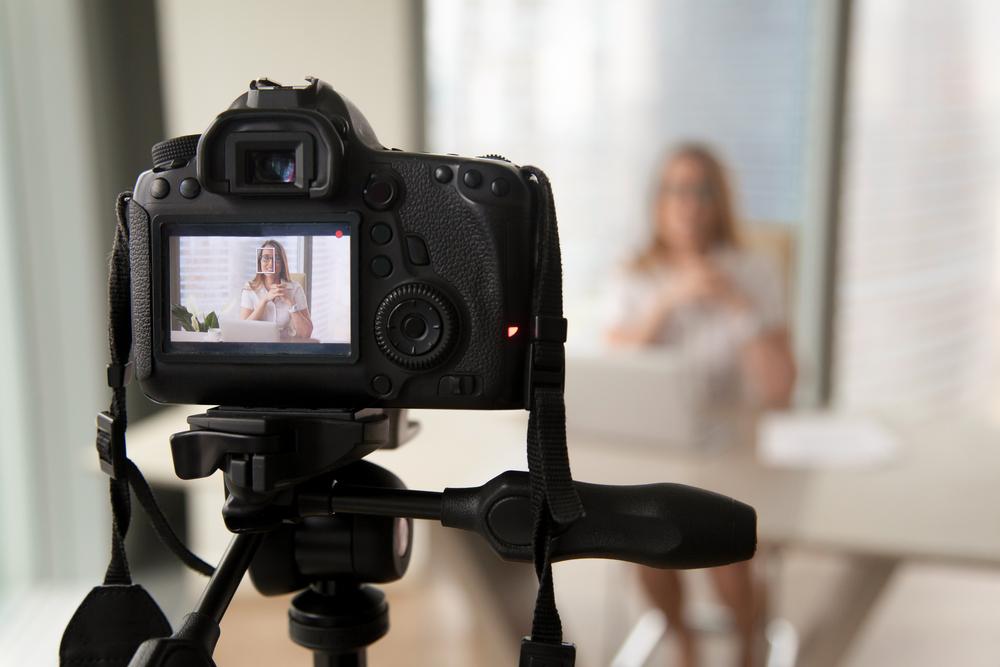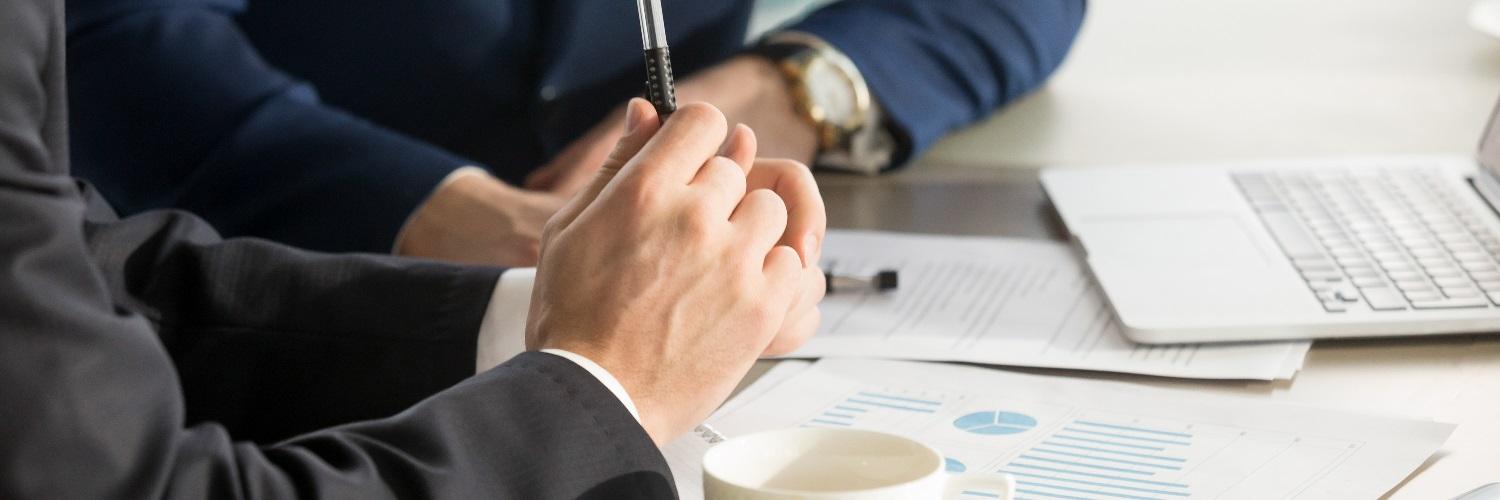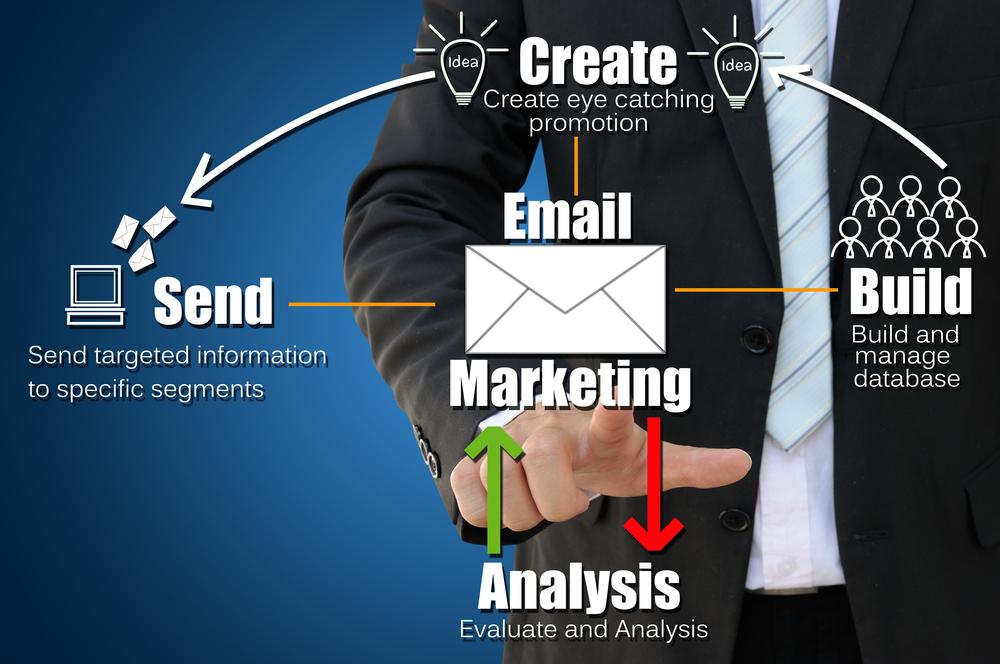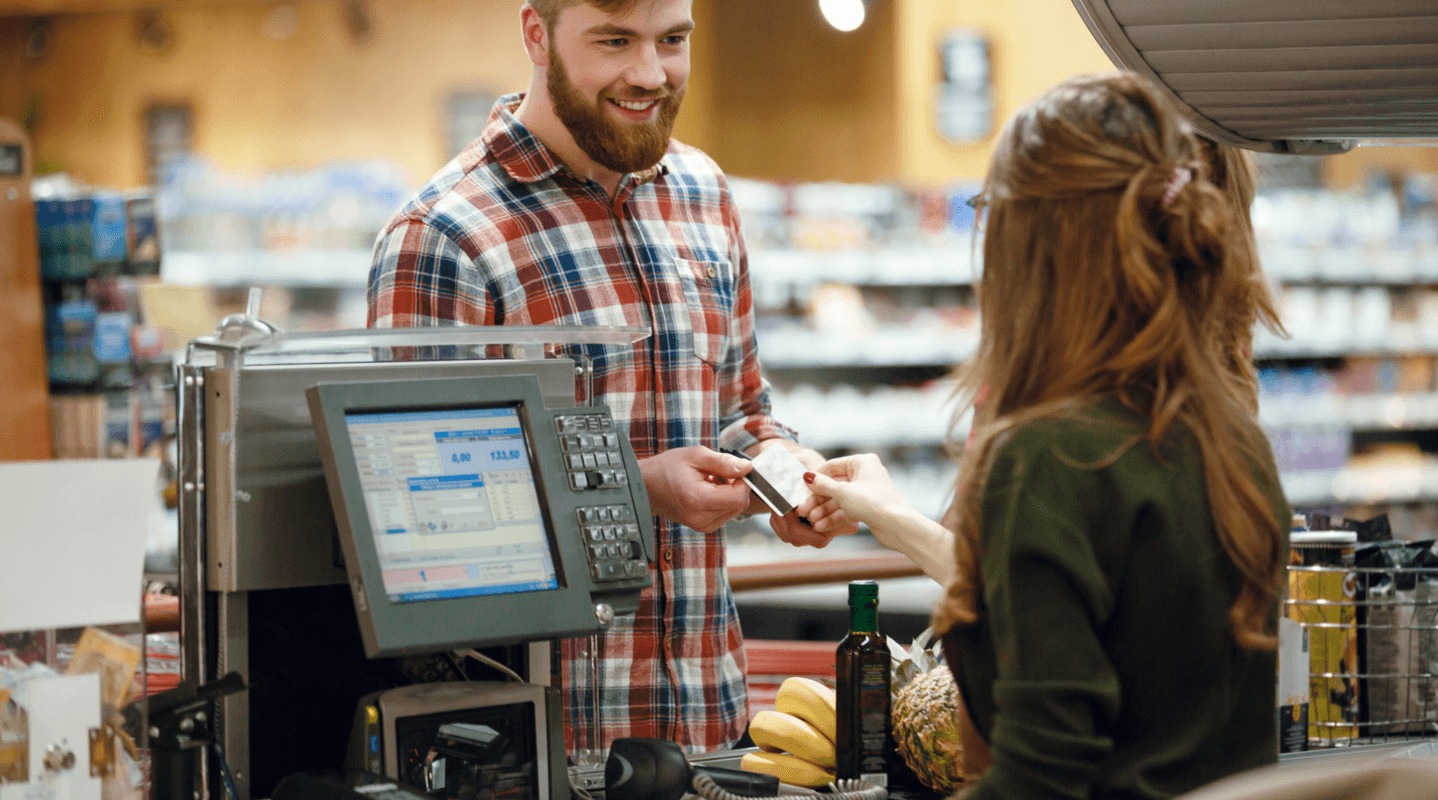MENU
Starting a Business
- Best Small Business Loans
- Best Business Internet Service
- Best Online Payroll Service
- Best Business Phone Systems
Our Top Picks
- OnPay Payroll Review
- ADP Payroll Review
- Ooma Office Review
- RingCentral Review
Our In-Depth Reviews
Finance
- Best Accounting Software
- Best Merchant Services Providers
- Best Credit Card Processors
- Best Mobile Credit Card Processors
Our Top Picks
- Clover Review
- Merchant One Review
- QuickBooks Online Review
- Xero Accounting Review
Our In-Depth Reviews
- Accounting
- Finances
- Financial Solutions
- Funding
Explore More
Human Resources
- Best Human Resources Outsourcing Services
- Best Time and Attendance Software
- Best PEO Services
- Best Business Employee Retirement Plans
Our Top Picks
- Bambee Review
- Rippling HR Software Review
- TriNet Review
- Gusto Payroll Review
Our In-Depth Reviews
- Employees
- HR Solutions
- Hiring
- Managing
Explore More
Marketing and Sales
- Best Text Message Marketing Services
- Best CRM Software
- Best Email Marketing Services
- Best Website Builders
Our Top Picks
- Textedly Review
- Salesforce Review
- EZ Texting Review
- Textline Review
Our In-Depth Reviews
Technology
- Best GPS Fleet Management Software
- Best POS Systems
- Best Employee Monitoring Software
- Best Document Management Software
Our Top Picks
- Verizon Connect Fleet GPS Review
- Zoom Review
- Samsara Review
- Zoho CRM Review
Our In-Depth Reviews
Business Basics
- 4 Simple Steps to Valuing Your Small Business
- How to Write a Business Growth Plan
- 12 Business Skills You Need to Master
- How to Start a One-Person Business
Our Top Picks
How Your Product Packaging Can Win Buyers’ Hearts

Table of Contents
Almost 30,000 new products are launched yearly, but 70 to 80 percent of these offerings fall flat. Your business can beat the odds by paying attention to your product packaging. Packaging can be as memorable as the product and impact consumer buying decisions significantly.
Product packaging is essential to your company branding and presents opportunities to set yourself apart. Whether you work with a design team or go it alone, specific colors and images can evoke moods and inspire customer feelings that you can leverage to improve sales. Follow these packaging and product design tips to win buyers’ hearts.
How to package your product
Your packaging should articulate what makes your brand different. Try to think outside the box while keeping the material functional and focus on how the packaging can cultivate a holistic customer experience.
If your budget allows, hiring an experienced packaging designer or design team is wise to help bring your brand’s identity to life through your packaging. They will help you choose the right design and color scheme to evoke your desired mood. Furthermore, when your packaging shows craftsmanship and attention to detail, you’re more likely to create a unique brand identity and stand apart from the competition. Consider the following tips to create a “wow” factor with your packaging and increase sales.
Know your target market to make an impact.
For a brilliant packaging design, always consider the demographics of your ideal customer. Knowing the consumers most likely to purchase your products is essential if you want to succeed in a competitive market. Understand your target audience, their pain points, preferences and buying habits and customize your packaging accordingly.
Make low-cost packaging look chic with customization.
Great packaging doesn’t have to mean expensive packaging. Some brands can make an impact with even the most straightforward product packaging. You can step up your packaging strategy without breaking the bank by adding layers, textures or stylish typography. A simple packaging design is more effective if the market is visually agitated.
Product packaging can directly correlate to profit margin. For example, if you decrease your overall packaging costs by volume or material, you can reduce the price of your product. Conversely, upgrading your product packaging in material or customization can increase the cost of your product by making it seem more valuable.
Use clever packaging to create an unboxing experience.
Nothing works better at sparking brand loyalty than triggering an emotional reaction. If you can get your product packaging to make the consumer feel something, it will create a buzz in the market. Just as people love to unbox the newest Apple product, your packaging can offer a fun, hands-on experience that lends itself to sharing on social media.
YouTube’s unboxing videos, which feature people opening products of all types, have millions of views. Packhelp found that 90,000 people type “unboxing” into YouTube every month.
Go eco-friendly with the design to boost your brand identity.
Any product packaging that can be reused or recycled will appeal to the eco-conscious consumer. Research from Statista revealed that 44 percent of consumers are interested in sustainable or environmentally responsible brands. If your product packaging has a positive environmental impact, you can stand out in the market and earn respect. Puma’s product packaging, which doubles as a reusable poster, is a brilliant example of packaging that communicates a purpose and makes the brand stand out.
Your consumers are actively screening multiple products simultaneously. The surest way to make a difference at this point of consideration is by being innovative with your product packaging.
Benefits of good product packaging
Good packaging is an essential feature of a successful product. Proper packaging influences consumer behavior significantly and is more effective than traditional advertising at setting a brand apart from the competition.
Packaging is the first thing a shopper sees when they encounter a product in stores and this first impression has a subtle yet lasting impact. If your packaging is dull or designed poorly, it will psychologically lead buyers to assume the product quality is the same as its outward appearance. But if the packaging grabs attention and radiates quality and luxury successfully, consumers will be more inclined to sample something they’ve never tried before.
Here are four reasons product packaging gives businesses a competitive edge.
1. It helps you stand out.
For every product on the market, countless brands are vying for customers’ attention. One way to clear the clutter and stand out is to ensure your product packaging is captivating. You can be incredibly bold and playful to attract attention, use stylization with quirky patterns to make your packaging shine or tell a unique story with your packaging’s text and imagery. You have endless possibilities to make your product’s packaging speak for itself.
2. It influences a consumer’s purchase decision.
The colors, patterns and textures in your product packaging affect a consumer’s purchase decision. The human brain reacts uniquely to patterns and colors, so choosing colors wisely can pay off. Study your brand’s target demographic and customize product packaging for maximum impact on the retail shelf.
3. It makes a great marketing tool.
People make a purchase decision within seconds of being presented with a product, which is why packaging is a brilliant marketing tool. Messages on packaging can bring a smile to your face or trigger a sweet memory. Emotional appeal is critical for establishing a connection between the customer and the company. Use the text on your packaging to sell the prospective consumer about your product and your business.
4. It increases brand recognition.
Ever wonder why consumers recognize branded products in an instant? Product packaging that includes the company logo with signature fonts and colors boosts brand recognition and increases recall. So, take a moment to make those minor tweaks to leave a massive impact on the consumer’s mind.
Your packaging should be your company’s calling card and an essential component of your brand identity. It should show your customers why you’re superior to the competition in a bold yet subtle way.
Importance of packaging for online businesses
Packaging isn’t crucial only for brick-and-mortar companies. Attractive packaging is vital for e-commerce businesses, too. You can save money on shipping, delivery and overall marketing costs by making wise choices when designing your packaging for online products.
It reduces your overall product costs.
With customer returns rising, shipping your product with care is essential to minimize product returns. If your product consistently arrives damaged, you will incur return shipping fees and inventory costs. To prevent this, use packaging that is a standard size, uniform in shape and comes in giftable condition.
It helps you build brand identity and improve your marketing.
Has a customer’s online review of your products ever mentioned the packaging? If not, chances are you have room for improvement in this department. Packaging often affects the first impression your customers have when receiving your product. In a sea of generic Amazon packaging, you can make your product stand out by incorporating a personalized feel. Does your packaging reflect access to additional information, such as your company website or social media? Both primary and secondary packaging can make or break a second purchase.
It’s a source of information for the customer.
Packaging can inform the customer of ingredients, expiration dates and instructions. A product that lacks essential packaging information can lead to more returns, indifferent reviews and a competitor taking your share of the pie. You’ll also save the customer time if everything they need to operate or build your product is right in the packaging instead of located somewhere online.
It could inspire social media shares.
Many customers like showing off their new products and their cool packaging. If potential consumers can’t window-shop your online-only products in physical stores, social media sharing may be the only way they learn of your eye-catching offerings. If your packaging stands out, it is more likely the purchaser will consider it Instagram-worthy, leading to word-of-mouth marketing.
It’s a way to keep up with the times.
Packaging evolves in complexity as technology advances and is no longer limited to 2D ideas. Companies are experimenting with packaging powered by artificial intelligence or augmented reality (AR). AR can be implemented through quick response codes or by adding advanced features to a mobile app. With these tools, your traditional flat packaging now provides the customer with videos, 3D models, audio and linked text. If you have an online business, digital-minded packaging will give the impression your company is on the cutting edge.
Product packaging regulations and requirements.
While most companies focus on the design and cost of packaging, it’s also vital to consider compliance. Learning about regulations and requirements and implementing this element successfully is an essential part of creating effective product packaging.
The Fair Packaging and Labeling Act (FPLA)
The FPLA was created to help consumers compare products by providing more straightforward packaging instructions and labels on goods, such as cosmetics, drugs and food. The FPLA does not cover nonconsumable goods.
The FPLA is overseen by the United States Food and Drug Administration (FDA) and the Federal Trade Commission (FTC). According to the FPLA, the packaging labels require the following:
- Must declare the product identity
- Must declare a name and address of responsibility
- Must declare net quantity, servings or uses
Poison Prevention Packaging Act (PPPA)
The PPPA protects children under five from accessing dangerous products. Household chemical products must be packaged so children under five cannot open them. The PPPA applies to fuel, drugs, cosmetics and food.
The FDA
The FDA oversees food, drug and cosmetic products. There are different guidelines for the three main categories.
All packaging in direct contact with food is classified as a “food contact substance.” Label requirements include:
- Nutrition information
- Expiration dates
- Handling guidelines
- Packaging company identifiers
- Allergen warnings
For drugs or pharmaceutical products, the packaging must be able to protect the product from the following:
- Light
- Moisture
- Temperature variations
- Oxygen
- Physical damage
- Biological contamination
Cosmetic packaging labels must ensure the product’s identity, number of contents, ingredients, material content, manufacturer and distributor information and any warnings and precautions. Packaging should be resistant to the following:
- Temperature
- Radiation
- Bacteria
- Expiration dates
Sustainability
The FDA, the National Environmental Policy Act and the Environmental Protection Agency ensure packaging meets manufacturers’ environmental claims. These claims relate to the packaging’s use and disposal, the percentage of recycled products used and identifiers for consumer disposal and recycling.
States are allowed to set their own restrictions on packaging, including Maine’s Extended Producer Responsibility law and California’s Safe Drinking Water and Toxic Enforcement Act, more widely known as Prop 65.
Packaging warning symbols
Depending on what you sell, you may need to add packaging warning symbols to your box or mailer. To mark your packaging correctly, it’s wise to familiarize yourself with standard warning and recycling symbols.
How to get your product packaging tested for compliance
A packaging testing lab can perform the following tests:
- Environmental testing
- Child-resistant packaging testing
- Distribution testing
- Drop test
- Shock test
- Compression test
- Vibration test
- Tensile test
- Container closure integrity testing
To test your product packaging, you must research a packaging compliance lab. Before choosing a lab, please consider the following:
- Ensure lab accreditation: They should comply with international standards like ISO/IEC 17025.
- Find a lab that meets your needs: The lab should offer custom solutions that cater to your industry, the type of packaging you use and specialized testing.
- Look for top technology: Choose a lab with the latest equipment that can offer options if your packaging isn’t compliant.
- Consider turnaround time: The lab should keep your business processes going. Always ask upfront about time constraints and choose a lab that can provide a reasonable or rush turnaround.
Abhijeet Shah contributed to this article.











